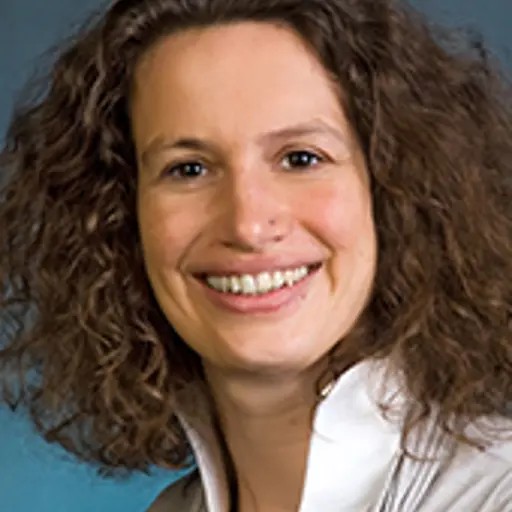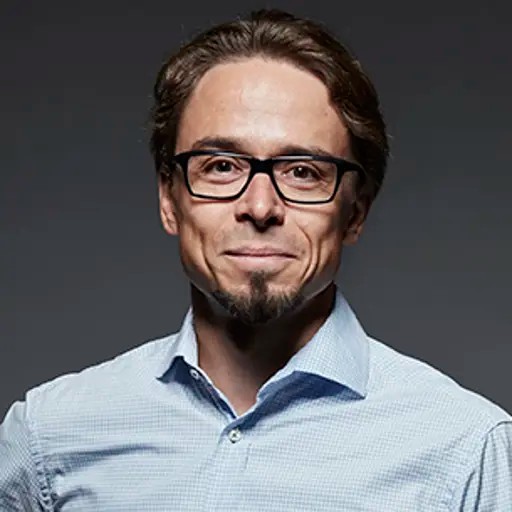
Välkomna till en Nano-afternoon arrangerat av styrkeområde Nano!
Översikt
- Datum:Startar 27 november 2023, 15:00Slutar 27 november 2023, 20:00
- Plats:
- Språk:English
- Anmäl dig senast:9 november 2023
Här får du möjlighet att lyssna på ett inspirerande seminarium av professor Vahid Sandoghdar (direktör och vetenskaplig medlem av Max Planck Institute for the Science of Light). Du får även chansen att delta i seminarieserien Small talk, denna gång med Jonatan Holmér, doktorand inom Nano- och biofysik. Det kommer även att hållas ett informationsmöte.
Ta även chansen att mingla med andra personer från Nano-området i en posterpresentation och middag. Vi uppmanar alla (inte bara doktorander och postdocs) att ta med en poster för att presentera.
Program:
15.00 SmallTalks [about Nanoscience] föreläsning med kaffe
Jonatan Holmér, Doktorand Nano- och biofysik.
Elastic strain engineering in semiconductor nanowires and 2D materials
Abstrakt:
Semiconductor nanowires and 2D-materials have unique physical properties that may be useful in many applications such as solar cells, transistors and photodetectors. Specifically, they are much more elastic than bulk samples of the same type of material, which means they can withstand high levels of strain before they break or get deformed. This high elastic strain may be used to change the properties of the nanowires or 2D-materials, such as their bandgap energy or resistance, and this approach is generally termed elastic strain engineering. In this work, we use in situ electron microscopy techniques to study the effect of strain in GaAs nanowires and MoS2 2D flakes.
16.00 Informationsmöte med Nanos styrkeområdesledare
17.00 Seminarium med professor Vahid Sandoghdar, direktör för Max Planck Institute for the Science of Light.
Cryogenic fluorescence microscopy at ångström resolution & Fluorescence-free studies of proteins and cellular nanostructures.
Abstrakt:
Fluorescence microscopy has been the workhorse of biological microscopy in the last half a
century, also leading to super-resolution microscopy. In the first part of this presentation, I
will discuss the application of cryogenic fluorescence microscopy for improving the
photophysics of fluorophores, thus, allowing us to reach three-dimensional angstrom
resolution in resolving several sites of a single protein or protein complex.
Fundamental limitations of fluorescence image have motivated many groups to develop
fluorescence-free methods. Among various contrast mechanisms, scattering offers unique
opportunities. About two decades ago, we showed that single gold nanoparticles as small as
5 nm could be detected via interferometric detection of their scattering, coined iSCAT. Since
then, it has been shown that unlabeled nano-objects such as viruses and proteins as small as
10kDa can be detected, weighed, counted and tracked. We will discuss the newest
achievements of iSCAT in characterizing unlabeled proteins, extracellular vesicles and cellular
secretomes. Furthermore, I will present our results on three-dimensional label-free imaging
of cellular events such as the endoplasmic reticulum and microtubule dynamics as well as virus
diffusion via confocal iSCAT microscopy. If time permits, I also plan to present an efficient
method for delivering nanoparticles and small molecules to well-defined positions on a cell.
18.00 Mingel med middag och posterutställning
Hoppas vi ses!

